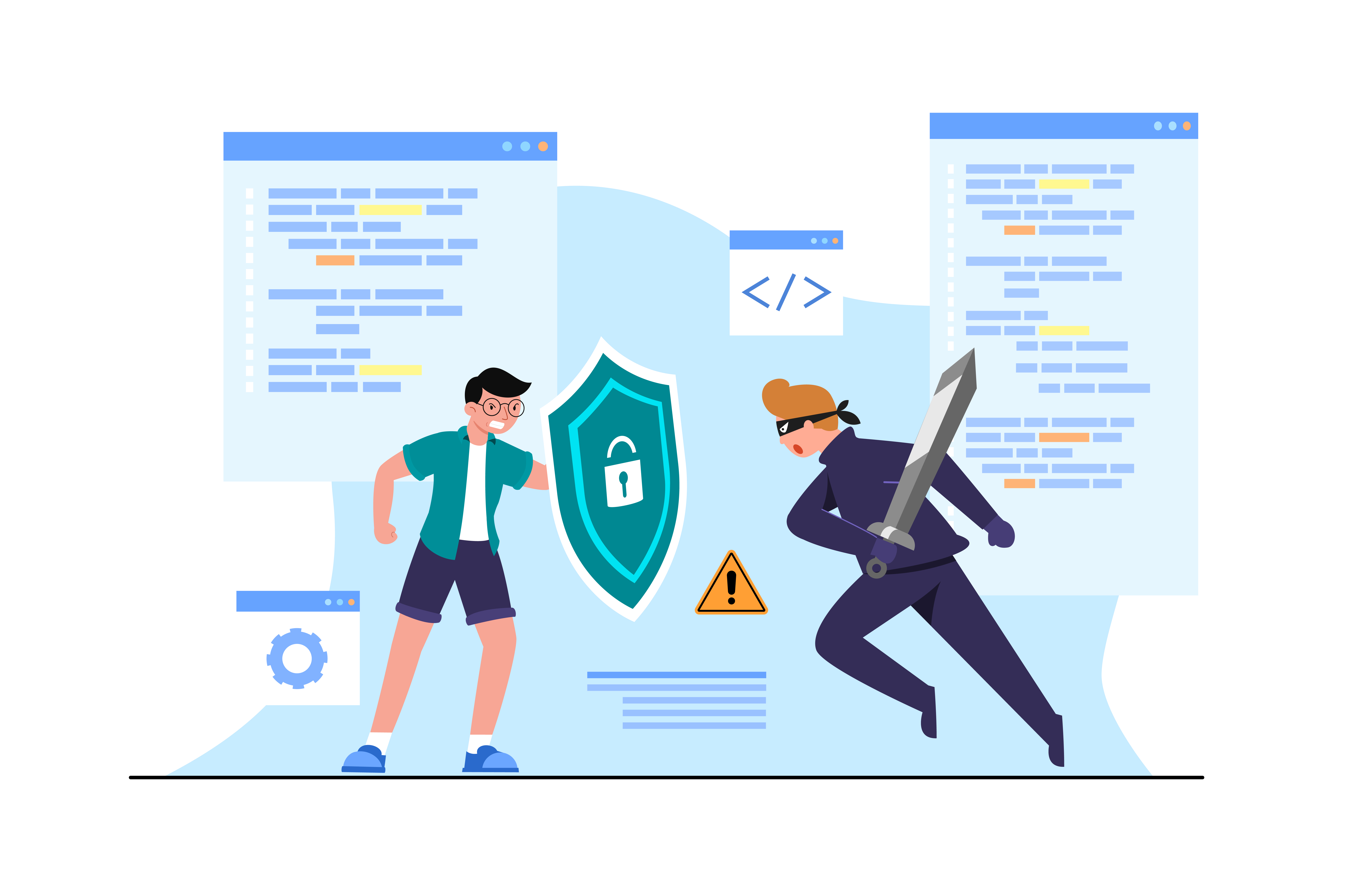Learning Cyber Security Day 4 - Integrating Encryption in Your Code🔐
 Gaurav Chaudhary
Gaurav Chaudhary
Alright code warriors, we peeled back the layers of encryption yesterday, understanding its power in safeguarding sensitive data. Now, let's get our hands dirty and explore how to integrate this crucial weapon into your code!
Choosing the Right Tool for the Job:
When it comes to code-based encryption, it's not a one-size-fits-all situation. Different tools and libraries cater to specific needs, and selecting the right one requires some strategic thinking. Here are some key factors to consider:
Programming Language: Most programming languages come equipped with built-in encryption modules or libraries. Familiarize yourself with the options available for your chosen language. For instance, Python offers the
cryptographylibrary, while Java boasts thejavax.cryptopackage.Encryption Algorithm: Think of this as the secret sauce of encryption. Different algorithms offer varying levels of security and performance. AES (Advanced Encryption Standard) is a popular choice for its efficiency and strong encryption, while RSA (Rivest–Shamir–Adleman) excels in scenarios requiring digital signatures.
Ease of Use: Let's be honest, complexity can be a deterrent. Consider the learning curve associated with the encryption library and your comfort level with its implementation. Some libraries, like the Python
cryptographylibrary, offer a more user-friendly experience with well-documented functions.
Coding for Security, Not Just Functionality:
Integrating encryption into your code goes beyond just plugging in a library and calling a function. Here are some essential considerations to ensure you're coding for security, not just functionality:
Secure Key Management: Imagine encryption as a locked chest – the key is fundamental for access. Proper key management is paramount. Never hardcode encryption keys within your code! This exposes them to potential attackers. Explore secure key storage options like using Key Management Systems (KMS) offered by cloud providers.
Error Handling: Code is never perfect, and encryption operations are no exception. Implement robust error handling to gracefully manage potential issues. For instance, what happens if the decryption key is invalid, or the data is corrupted? Catch these errors and prevent them from creating security vulnerabilities.
Testing is Your Friend: Just like testing any other functionality, thoroughly test your encryption implementation. Verify that data is encrypted and decrypted correctly, and that the chosen algorithm offers the desired level of security. Don't skip this crucial step – a single vulnerability can have devastating consequences.
Learning Resources to Fuel Your Encryption Journey:
The good news is you don't have to embark on this encryption adventure alone. There are a wealth of resources available to help you on your path:
Official Documentation: Most programming languages offer comprehensive documentation on their built-in encryption libraries. Dive into these resources to understand the available functions, classes, and best practices for secure implementation.
Online Tutorials: The internet is brimming with online tutorials and courses specifically designed to teach you about encryption libraries and their usage within different programming languages. These resources can provide step-by-step guides, code examples, and practical exercises to solidify your understanding.
Security Best Practices: Organizations like OWASP (Open Web Application Security Project) are dedicated to promoting secure coding practices. Their resources often include valuable guidance on encryption implementation, including secure key management and common pitfalls to avoid.
The Encryption Journey Continues:
Remember, this is just the first chapter in your encryption odyssey. As we progress on this journey, we'll delve deeper into specific encryption algorithms and explore their practical implementation in popular programming languages. We'll also discuss advanced topics like secure key management techniques and best practices for testing your encryption code.
Have you ever ventured into the world of code-based encryption? What specific challenges did you encounter during implementation? Share your experiences and any helpful resources you discovered in the comments below! Let's build a community of programmers who value secure coding practices and work together to create a more secure digital landscape.
Subscribe to my newsletter
Read articles from Gaurav Chaudhary directly inside your inbox. Subscribe to the newsletter, and don't miss out.
Written by

Gaurav Chaudhary
Gaurav Chaudhary
By day, I write code. By night, I slay digital dragons (or fix bugs, same thing for a noob like me). Wanna level up your coding skills without the carpal tunnel grind? This Blog is your ultimate side quest! We break down functional programming concepts like loot drops, turning your code from messy dungeon to sparkling new world. So ditch the controller, grab your keyboard, and join the coding crusade!